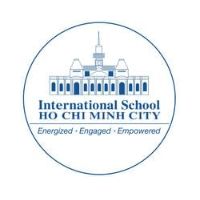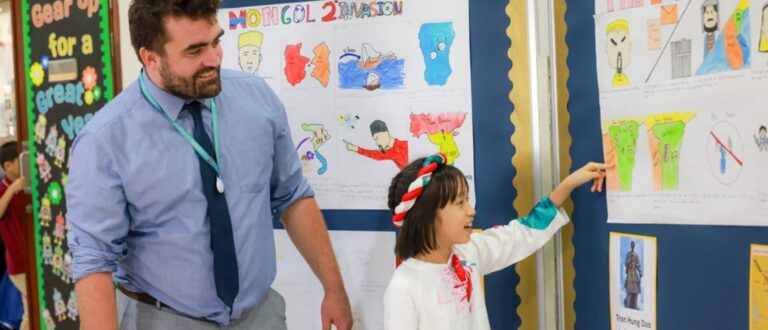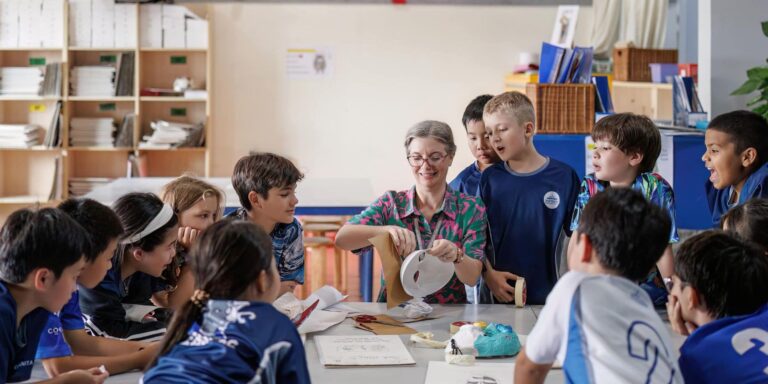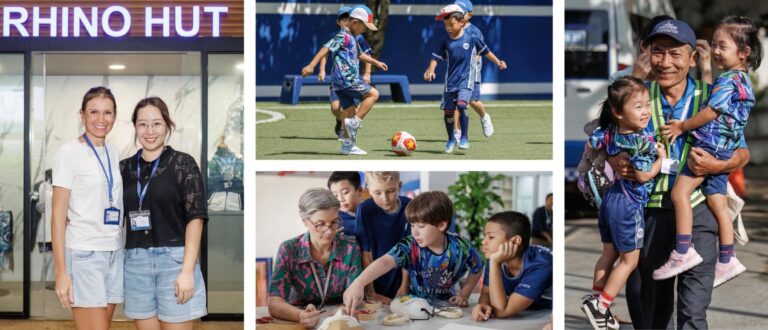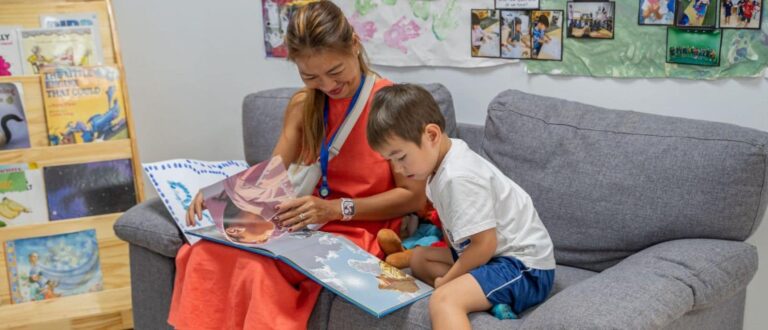In today’s fast-paced world, holistic education focuses on nurturing the whole child, addressing their intellectual, emotional, social, physical, and creative potential. The goal is to cultivate well-rounded students who can succeed in various areas of life. Let’s explore what holistic development involves, its key pillars, and how it benefits children.
What is Holistic Development?
Holistic development is an approach that develops the whole student regarding their emotional, social, ethical, and academic needs. The rationale for holistic learning is that by integrating the disparate elements, one achieves all-rounded persons to tackle contemporary issues faced by modern-day society. Below are some characteristics of holistic development:
Social-Emotional Learning: In holistic education, the key emphases are self-awareness, empathy, and interpersonal skills to help students develop positive and clear-minded emotions. These skills will enable students to build strong relationships and communicate effectively, personally, and professionally.
Personalized: Since every learner has their strengths, interests, and challenges, this can be tailor-made accordingly to realize maximum human potential. In this personalized system, no child is left behind.
Teacher-Guided and Self-Guided: The balanced approach merges structured guidance with time for self-directed exploration. This dual focus fosters independence, curiosity, and responsibility for one’s learning journey.
4 Pillars of Holistic Development in Education
Holistic development in education rests on four key pillars that address different aspects of a child’s growth:
- Social-Emotional Development: Building emotional intelligence is crucial for managing relationships, stress, and self-awareness. Students learn to recognize their emotions and develop empathy for others, fostering positive interactions and resilience.
- Physical Development: Engaging in sports, dance, and yoga can boost physical fitness and instill essential qualities like discipline, teamwork, and perseverance.
- Cognitive Development: This pillar emphasizes critical thinking, problem-solving, and creativity. Students sharpen their intellectual abilities and adapt to complex situations by encouraging inquiry-based learning and interdisciplinary approaches.
- Language Development: Language skills are essential for effective communication and cultural understanding. Holistic education integrates language learning across subjects, ensuring students develop strong verbal and written communication abilities.
Benefits of Holistic Development in Education
Adopting a holistic approach to education provides profound advantages beyond academics, shaping well-rounded students equipped for a dynamic world.
- Improved Academic Achievement: Holistic education enhances cognitive abilities and academic performance by addressing the intellectual, emotional, and social dimensions of a child. For instance, integrating social-emotional learning alongside traditional subjects helps students better regulate emotions, focus, and engage, resulting in higher academic success.
- Enhanced Mental and Emotional Well-Being: All-around development prioritizes emotional health, offering freedom to express without fear. When schools emphasize mental health through mindfulness or stress management workshops, students develop resilience, reduce anxiety, and foster a positive outlook toward learning.
- Increased Problem-Solving Skills: The approach enhances reasoning and flexibility in handling real problems. Engaging in project-based or experiential learning teaches students to analyze situations, consider diverse perspectives, and devise practical solutions, skills crucial in today’s complex world.
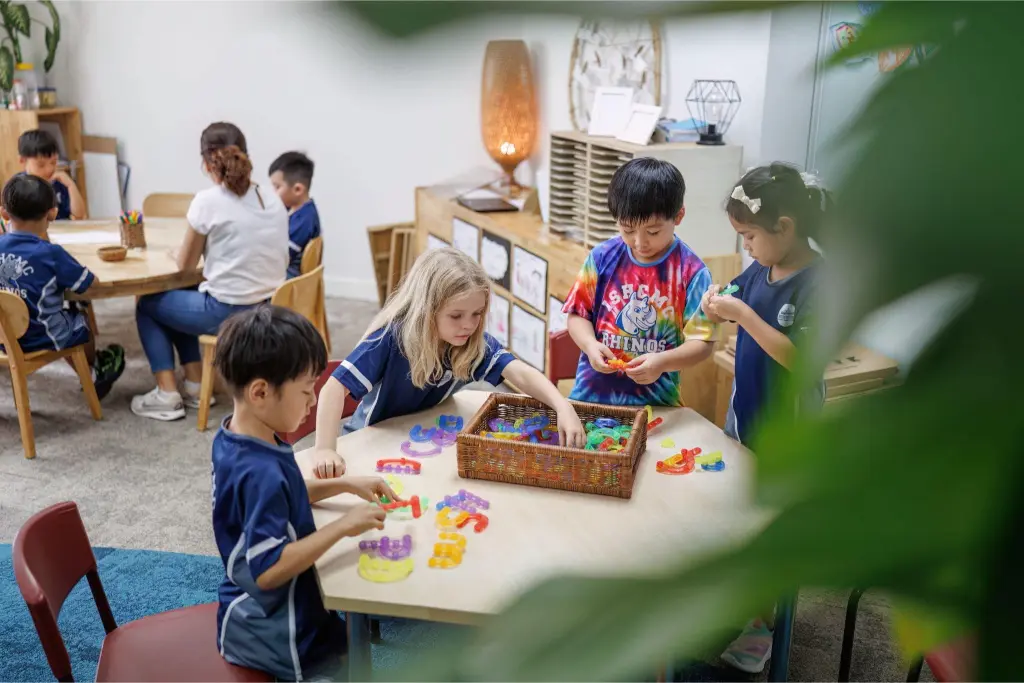
- Reduced Impact of Inequities: This approach fosters reduced inequity in learning and builds equity in success. Holistic education embraces inclusion, allowing every student to feel included in the learning environment, irrespective of their background or abilities.
- Broadening Children’s Worldview: Exposure to different cultures and ideas helps develop global awareness among students and makes them culturally sensitive. These will prepare them to work and assume leadership roles in this interdependent world.
- Enhancing Reasoning and Critical Thinking Skills: Interdisciplinary learning helps students connect concepts across subjects, improving analytical abilities. For instance, linking science to ethical debates or art to history stimulates deeper reasoning and innovative thinking.
- Building Confidence Through Holistic Focus: Holistic education nurtures self-belief by allowing students to excel in various domains, from academics to arts and physical education. Success across multiple areas fosters independence and a stronger sense of self-worth, empowering students to tackle challenges confidently.
How to Support Holistic Education for Children
Parents and educators can contribute to this holistic development through the following strategies for nurturing all aspects of growth in a child’s development including the following:
Emphasizing Experiential Learning
Hands-on activities involve children in active problem-solving for deeper meaning. For instance, field trips to historical sites or any other science museum put classroom teachings into context, while experiments light up curiosity. Engaging students in community projects like planting gardens or volunteering develops empathy and also teaches practical life skills.
Promoting Self-Guided Learning
Encouraging children to take initiative instills independence and a love for lifelong learning. Access to other resources, such as libraries or virtual platforms, motivates them to research topics of interest. Setting achievable goals and reflecting on their progress cultivates accountability and self-motivation.
Building a Strong Classroom Community
A collaborative classroom fosters emotional security and mutual respect. Group projects teach teamwork, while peer mentoring builds leadership skills. Teachers can organize activities like morning circles to share thoughts and strengthen bonds, creating a space where every child feels valued.
Integrating Interdisciplinary Lessons
Combining subjects enhances critical thinking by showing real-world connections. For example, linking art to history or literature to science encourages creativity and holistic understanding. This method demonstrates how knowledge intersects, preparing students for complex problem-solving in life.
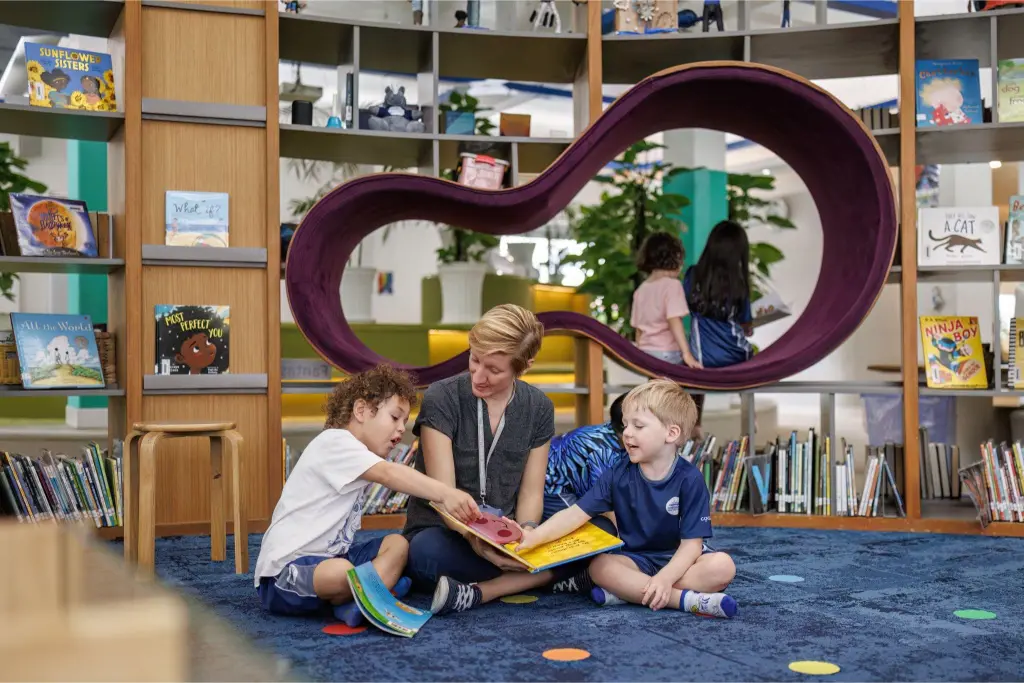
ISHCMC has developed a comprehensive SEL program, POSISH (Positive ISHCMC), which enables all students to flourish academically and personally by developing well-being and personal growth. Moreover, ISHCMC balances its approach to learning with physical education, the arts, and interdisciplinary projects.
Nurture Every Aspect of Your Child’s Development at ISHCMC
Holistic development at school lays a foundation for confident, well-rounded, and capable people. ISHCMC offers students a nurturing environment that appreciates academic excellence while bringing character development into the curriculum.
At ISHCMC, we focus on the whole child, preparing every student for success in an ever-changing world. Take the first step toward holistic development for your child in ISHCMC’s transformative programs. Apply today!

